Biomimicry is defined as the “design and production of materials, structures and systems modelled on biological creatures and/or processes”. It’s not a new thing, despite it being a term you may not have heard before, as humans have been inspired by nature for thousands of years.
In fact, nature has been running along, doing its own thing in a mostly successful manner for billions of years now, so why wouldn’t enterprising humans, past and present, look to nature for inspiration or for ways to improve on what we’re making and how we make it.
Biomimicry is not limited to construction either, you can see inspiration from nature in everything from robotics (spider-like robots that can craw into rubble to search for survivors after disasters) to energy (flower inspired solar panels that tilt to follow the sun) and right through to fashion.
The interior of the Sagrada Familia, for example, is inspired by a forest, with large, tree-like columns separating into arching branches that support the leafy decorations and coloured glass skylights that form the ceiling. There’s the infamous building at 30 St Mary Axe in London, known to everyone across the UK as the Gherkin, which is inspired by a gherkin sea sponge, and has a complex air filtration system that runs throughout the building, and is like the system a sponge or anemone might use for filtering water.
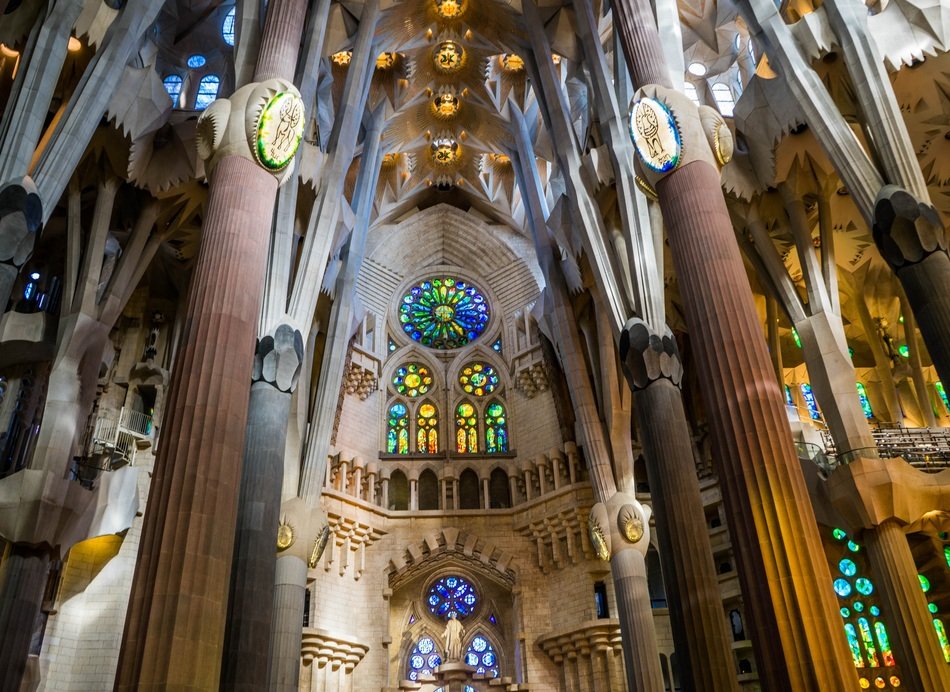
And a little more recently in Germany there’s the BIQ house in Hamburg, which incorporates algae into transparent panels along the south-facing side of the building. This algae grows over the summer months, providing shade for the building and allowing any heat generated at this time to be stored for later use.
Additionally, once the level of algae in the tanks passes a certain level, the excess is harvested to produce bio-gas, which is then used to heat the building in the winter months. It seems to have been a certain level of success as the building has been occupied since 2013.
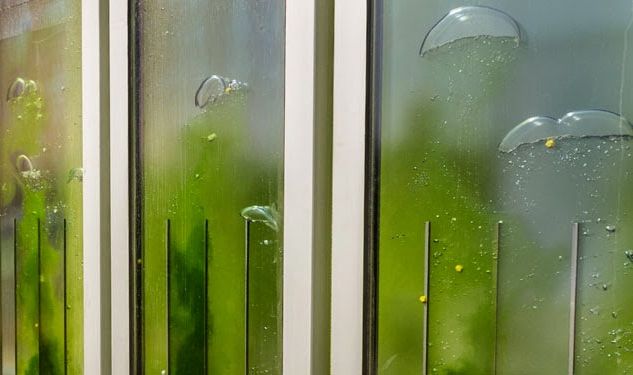
A similar project was displayed as part of a 2017 Copenhagen art fair, created this time by IKEA’s research lab. This project though was an algae-hosting, four metre high pavillion, within which the algae was to be used as a food source rather than an energy source.
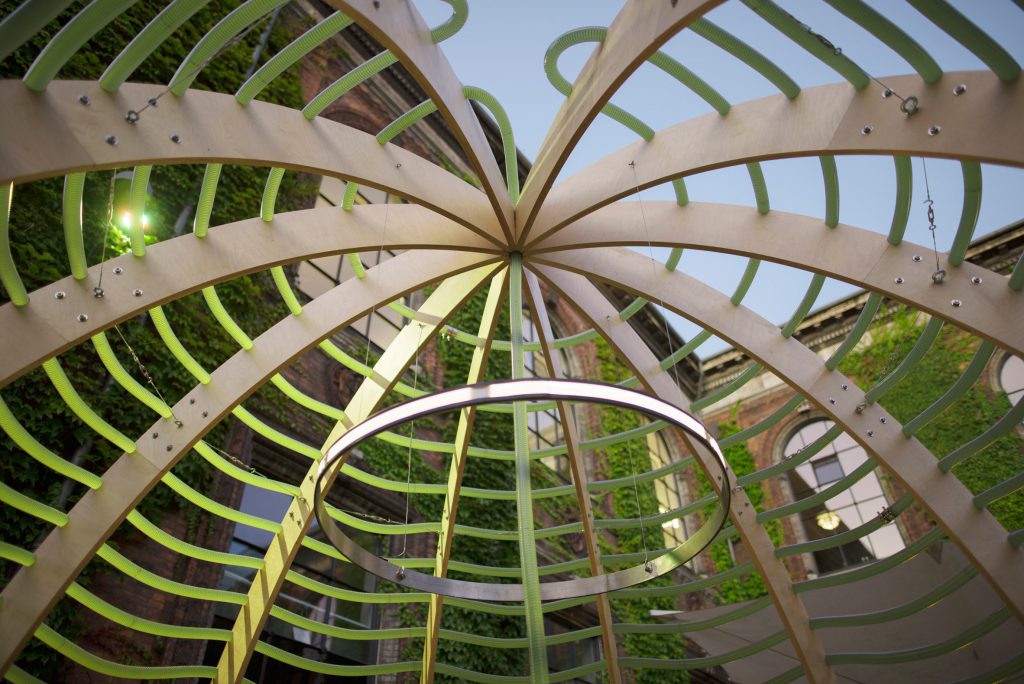
As quoted in the Dezeen article, “Packed with vitamins, minerals and essential amino acids, microalgae contains 50 times more iron than spinach and more than twice as much protein as meat.”
Notwithstanding the fact that I sat here muttering “soylent green is people” whilst reading the article, this is actually really cool.
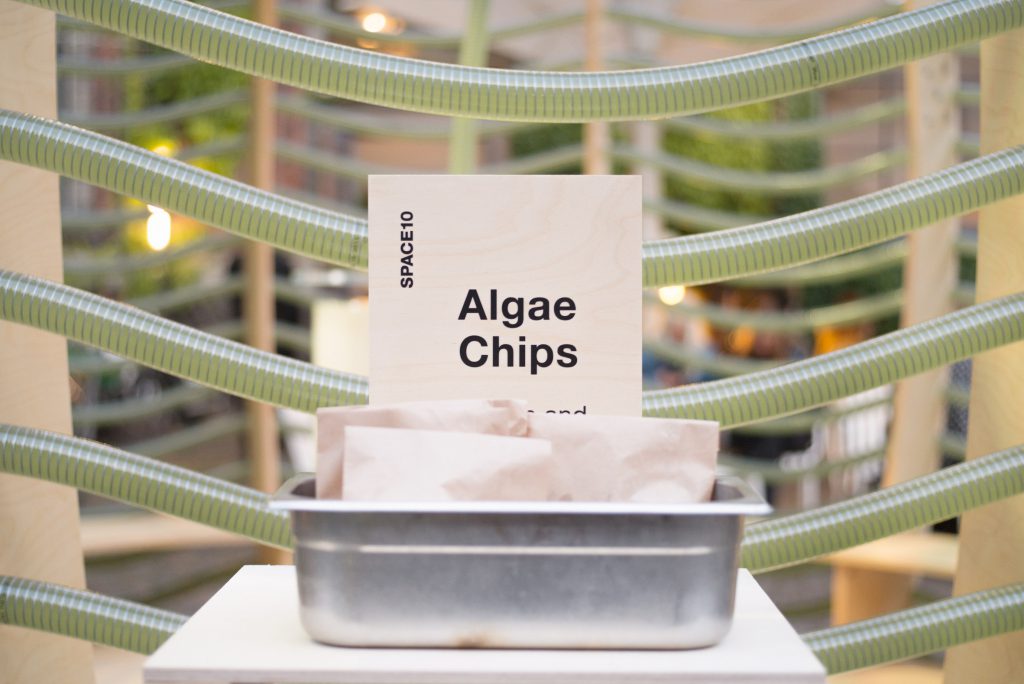
Ideas based in nature don’t have to be the size of buildings either. The City Tree is a biological filter that uses moss to filter out air pollution as well as to produce additional oxygen.
It’s been suggested that such a system can filter as much air as 275 trees, though this figure is clearly dependent on a lot of different factors. It also does not retain as much CO2 as 275 trees despite some media claims.
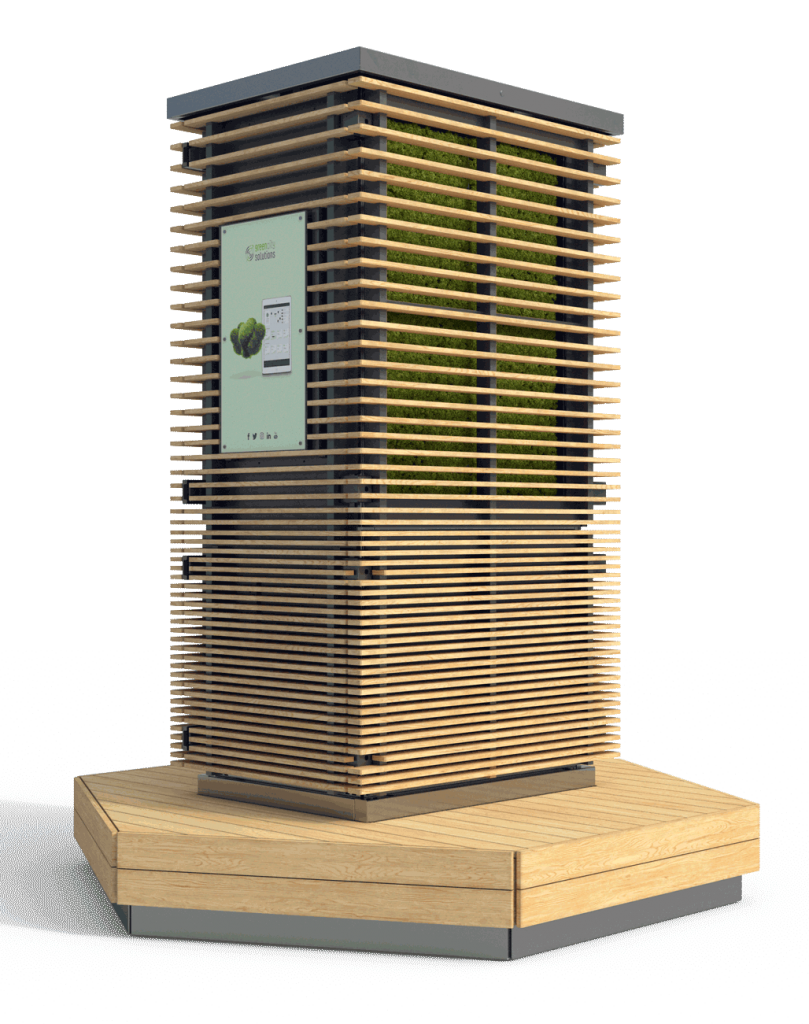
I’m also, personally, not a fan of the early version with only one small seat on each side, but that is a whole other post.